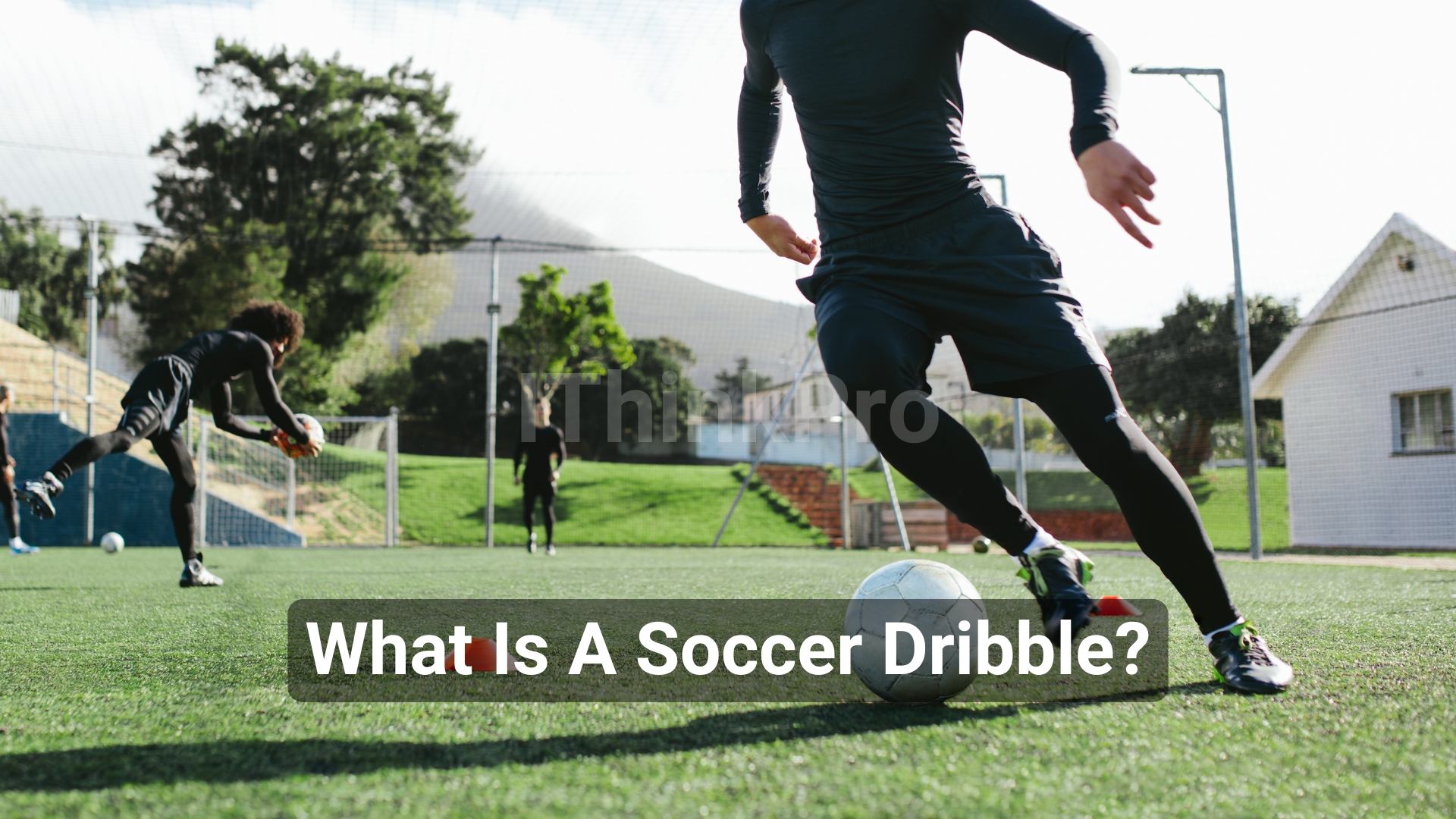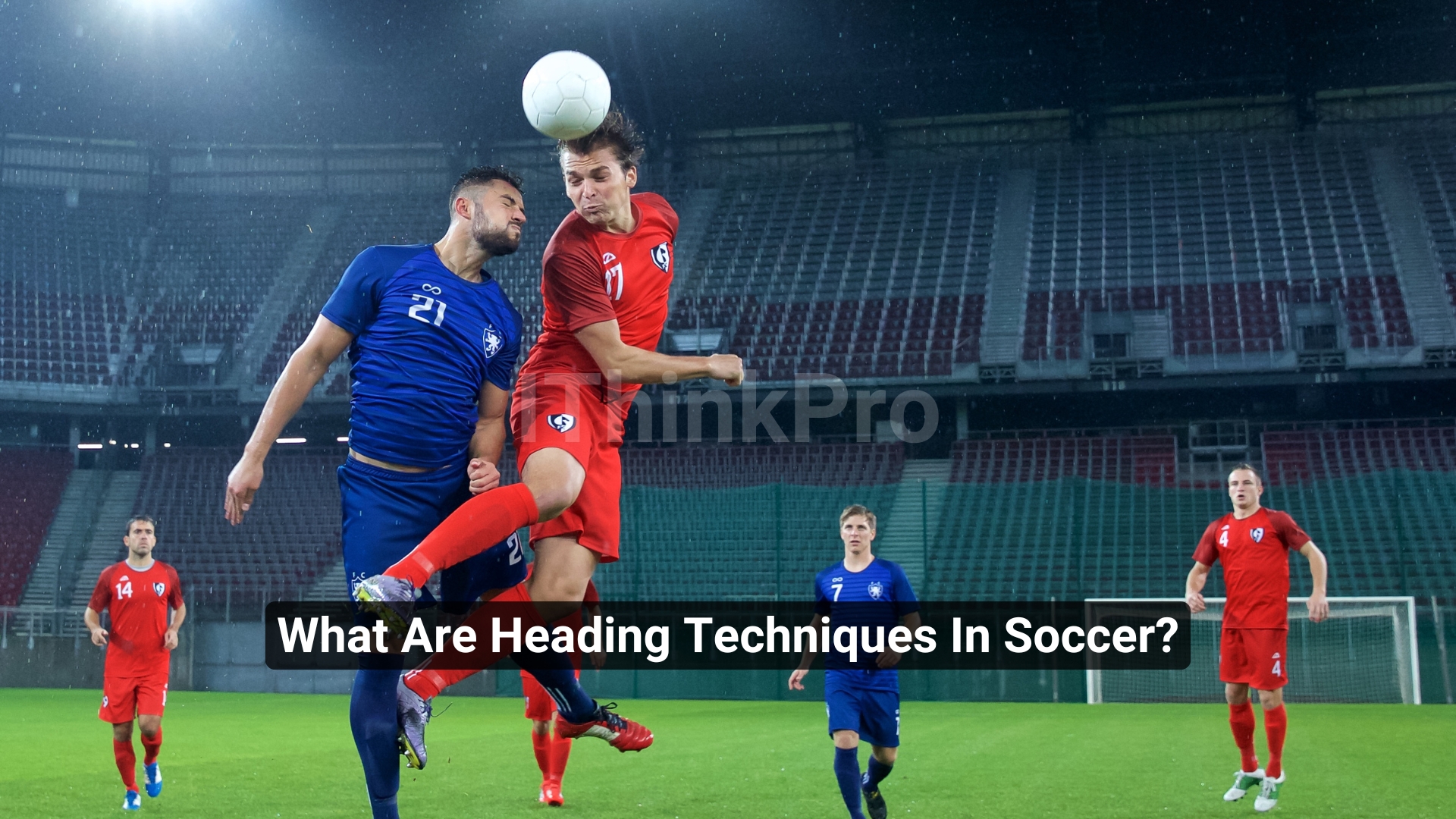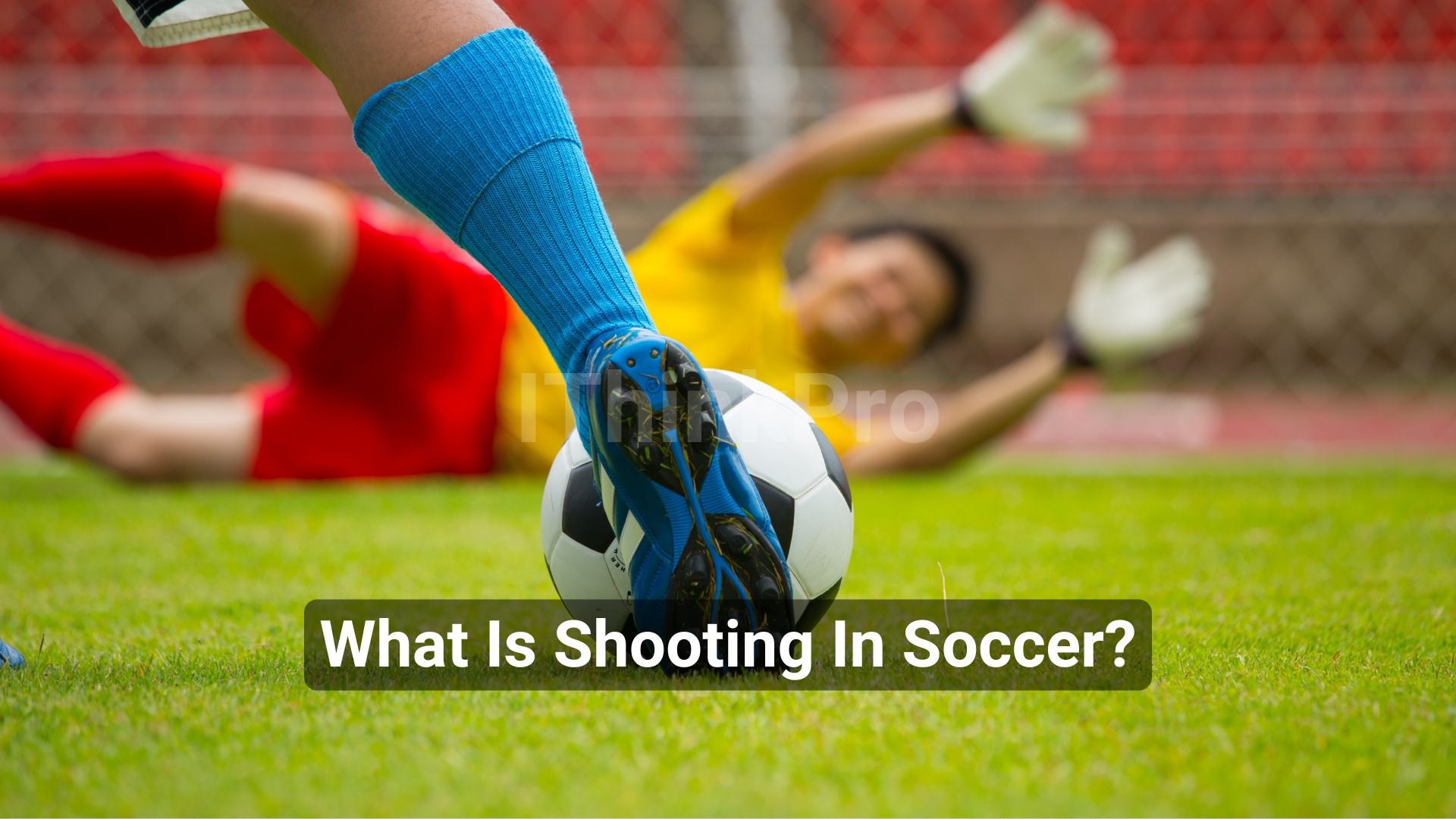Introduction
Hello Champ!
Controlling the ball while maneuvering around defenders is a basic but difficult skill in soccer. Many players struggle to develop the accuracy and fluency needed to move the ball effectively under pressure.
Soccer dribbling combines techniques such as ball control, footwork, and agility to provide a solution, allowing players to maintain possession and break past opponents. Learning what makes a soccer dribble effective can greatly improve a player’s performance on the field.
In this article, we’ll break down what is a soccer dribble, explore the basic techniques involved, and offer insight into how dribbling skills can change your game. Ready to elevate your dribbling and take control of the field? Read on to discover the secrets of soccer dribbling skills!
Understanding Soccer Dribbling Basics
What is Soccer Dribbling?
In soccer, dribbling refers to the skill of moving the ball across the field with small, controlled touches, allowing the player to navigate around opponents and maintain possession. Dribbling isn’t just about moving forward; it’s about keeping close control of the ball and utilizing precise footwork to keep it within reach. This skill becomes essential for a player’s ability to create opportunities and make strategic advances on the field.
Purpose of Dribbling in Soccer
Dribbling serves multiple purposes in soccer. Primarily, it allows players to advance the ball without relying on passing, offering more flexibility in creating scoring chances. Dribbling helps to keep possession of the ball while bypassing defenders and serves as a tactical tool to open up spaces. Players skilled in dribbling can attract defensive attention, freeing up teammates for potential passes.
Key Elements of Effective Dribbling
Effective dribbling relies on a few key elements, including close ball control, precise footwork, and quick directional changes. A successful dribble requires mastering body positioning and the ability to react quickly to defenders. Additionally, good dribbling includes understanding how to maintain a low center of gravity, allowing players to change direction swiftly and outmaneuver opponents.
Techniques and Styles of Soccer Dribbling
Close Control Dribbling
Close-control dribbling is a technique where players keep the ball close to their feet, ensuring they can change direction at any moment. This technique is particularly useful in congested areas where defenders are close by. Practicing with cone drills or moving through small spaces can help players improve their close control skills.
Speed Dribbling for Open Spaces
When players find open spaces on the field, speed dribbling becomes essential. This style focuses on covering ground quickly while keeping the ball within reach. The key to successful speed dribbling is maintaining control without losing the ball to an opposing player. This technique is especially effective in counter-attacking scenarios.
Change of Direction and Feints
Changing direction quickly can throw off defenders and open up new opportunities on the field. Feints, such as a fake kick or body movement, are essential parts of dribbling as they help to mislead defenders. Body feints and shoulder drops are effective for redirecting the ball away from an opponent, enhancing a player’s ability to evade tackles.
Shielding the Ball from Opponents
Shielding involves positioning the body between the defender and the ball, creating a barrier. By using the body effectively, players can protect the ball and maintain possession, even under defensive pressure. Shielding is a crucial technique for any player facing strong defenders and can buy time until support arrives or a pass becomes available.
Skills Required for Successful Dribbling
Footwork and Coordination
Good dribbling begins with strong footwork and coordination. Players must be able to manipulate the ball using different parts of their feet to maintain control. Exercises that focus on foot speed and precision, such as quick-feet drills, can significantly enhance a player’s dribbling capabilities.
Balance and Agility
Balance allows players to stay upright and in control during sudden changes in direction. Agility is equally important, as it enables players to dodge defenders swiftly. Agility drills, like ladder exercises, can improve balance and help players stay nimble on the field.
Timing and Awareness
A great dribbler knows when to accelerate when to slow down, and how to read the field. Timing each movement is crucial, as is having the awareness to spot defenders closing in. Players need to master the ability to shift pace based on the game’s flow.
Quick Reactions to Defensive Pressure
Defenders often apply sudden pressure, forcing dribblers to make split-second decisions. Players must develop fast reflexes to maintain control while facing such challenges. 1v1 drills are an effective way to train players to react quickly to defenders’ movements and stay one step ahead.
Common Dribbling Moves in Soccer
Stepovers and Feints
Stepovers are classic dribbling moves that involve a quick, circular motion over the ball with one foot, followed by a swift direction change. Feints like these are intended to mislead the defender, giving the player time to move past them.
The Cruyff Turn and Other Turns
The Cruyff Turn, a move where the player drags the ball back with one foot to change direction, is a popular and effective technique. Other turns, such as the hook turn, are also useful in bypassing defenders by altering the ball’s path.
Pullbacks and Stop-and-Go Moves
Pullbacks are great for when the player wants to create space quickly. By pulling the ball back with the sole of the foot, players can retreat from a crowded area. Stop-and-go moves, on the other hand, involve quickly halting and then accelerating, throwing off defenders’ timing.
The Nutmeg and Other Deceptive Tricks
The nutmeg, or passing the ball between a defender’s legs, is a fun yet effective dribbling trick that adds surprise to an attacker’s arsenal. Other moves, like the stepover combined with a sudden sprint, can also catch defenders off-guard and create openings.
Dribbling Drills to Improve Ball Control
Cone Drills for Precision and Control
Cone drills are designed to improve a player’s precision and ball control. By dribbling around cones set at different intervals, players learn how to keep the ball close and maneuver it effectively in tight spaces.
1v1 Drills to Develop Quick Reactions
1v1 drills are essential for improving reaction speed and control under pressure. In these drills, a player faces off against a defender, learning to dribble effectively and evade tackles. This helps build the quick feet necessary to retain possession.
Zig-Zag and Slalom Drills for Agility
Zig-zag and slalom drills, where players weave through a series of cones or markers, are ideal for developing agility and balance. These drills also help players build muscle memory for making rapid direction changes during a match.
Practicing with Different Speeds and Angles
Varying speed and direction is crucial for effective dribbling. Players should practice dribbling drills at different paces and angles to simulate real-game conditions. Switching up angles allows players to work on ball control, no matter the direction they’re moving.
Common Mistakes to Avoid in Dribbling
Overcommitting to a Move
Overcommitting to a dribbling move can lead to losing the ball to an opponent. Players should stay flexible, ready to change direction if the move is unsuccessful or if a defender quickly adapts.
Losing Control in High-Speed Dribbling
Speed dribbling requires finesse and control. If a player attempts to go too fast without maintaining proper control, they risk losing possession. Practicing speed dribbling in training can help players find the right balance.
Ignoring Defensive Pressure
Ignoring defensive pressure can be a costly mistake. Players must stay aware of nearby defenders, adjusting their movements accordingly to maintain possession. Dribbling while keeping an eye on the surrounding area is essential for success.
Failing to Use Both Feet Effectively
Effective dribbling requires being comfortable with both feet. Relying too heavily on one foot makes players predictable. Practicing drills with both feet enables players to maneuver around defenders with greater ease.
Importance of Dribbling in Game Strategy
Creating Scoring Opportunities
Dribbling is often the key to breaking down defenses and creating scoring opportunities. By weaving through defenders, players can open up space, set up shots, and find teammates for potential goals.
Breaking Through Defensive Lines
Breaking through defensive lines is one of dribbling’s main strategic advantages. It can disrupt the opponent’s formation, allowing attackers to create space and pressure the goal.
Maintaining Possession Under Pressure
Dribbling also serves as a valuable skill for maintaining possession, especially when passing options are limited. Players who can dribble well can help their team retain control, waiting for openings to pass or shoot.
Conclusion
In conclusion, dribbling is more than a basic skill. This is a game-changer. By mastering techniques such as close control, speed dribbling, and change of direction, players can enhance their offensive strategy and increase their contribution to the game. Understanding fundamentals, improving footwork, practicing common moves, and developing dribbling skills through targeted drills can make players more versatile and effective on the field. Dribbling skills not only help bypass defenders but also create scoring opportunities and retain possession, all of which make a player an invaluable asset to his team.
So, whether you’re just starting out or trying to improve your dribbling technique, remember that practice and consistency are the keys to mastery.
Share this blog with others and feel free to explore our website for more useful information on soccer and other sports-related topics. Each tip brings you closer to mastering soccer dribbling and dominating the field!
FAQs
Q1. What is the purpose of dribbling in soccer?
Dribbling helps players maneuver around defenders, maintain possession, and create scoring opportunities. This allows for quick transitions on offense, enabling players to move the ball efficiently and strategically throughout the game.
Q2. What are some basic dribbling techniques?
Basic dribbling techniques include close control, speed dribbling, shielding, and changes of direction. Each technique enhances a player’s ability to move the ball accurately and avoid losing possession.
Q3. How can I improve my dribbling skills?
Drills such as cone drills, 1v1 drills, zigzag movements, and various speed drills can significantly improve dribbling control, quick reactions, and coordination on the field.
Q4. What is the difference between close control and speed dribbling?
Close control focuses on keeping the ball close to the feet for tight moves, while speed dribbling involves quick movements with long moves, ideal for open spaces.
Q5. Why is dribbling important to game strategy?
Dribbling breaks down defensive lines, maintains possession under pressure, and opens up passing or scoring opportunities, making it essential to effective offensive play in soccer.












Hello.
Good cheer to all on this beautiful day!!!!!
Good luck 🙂